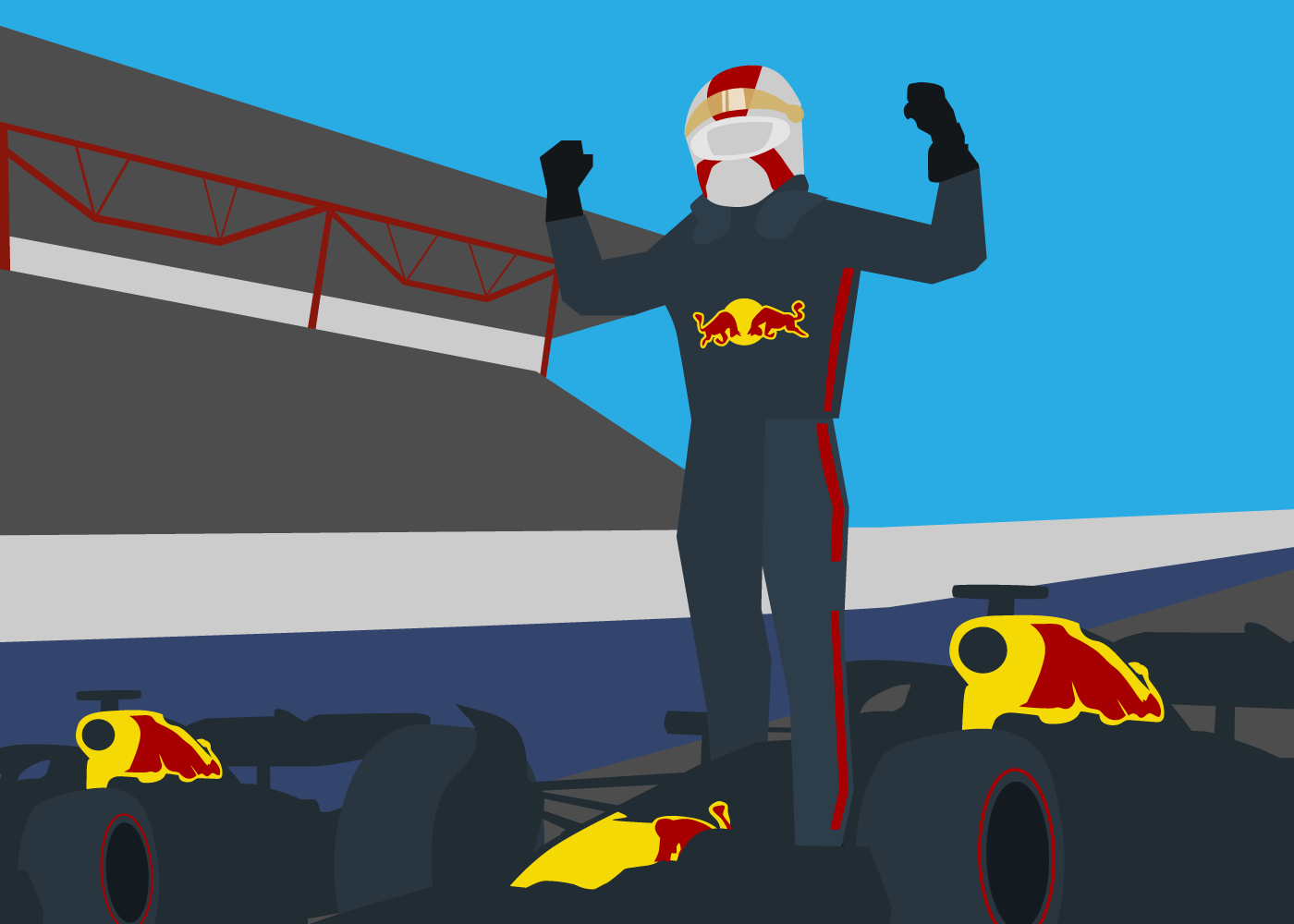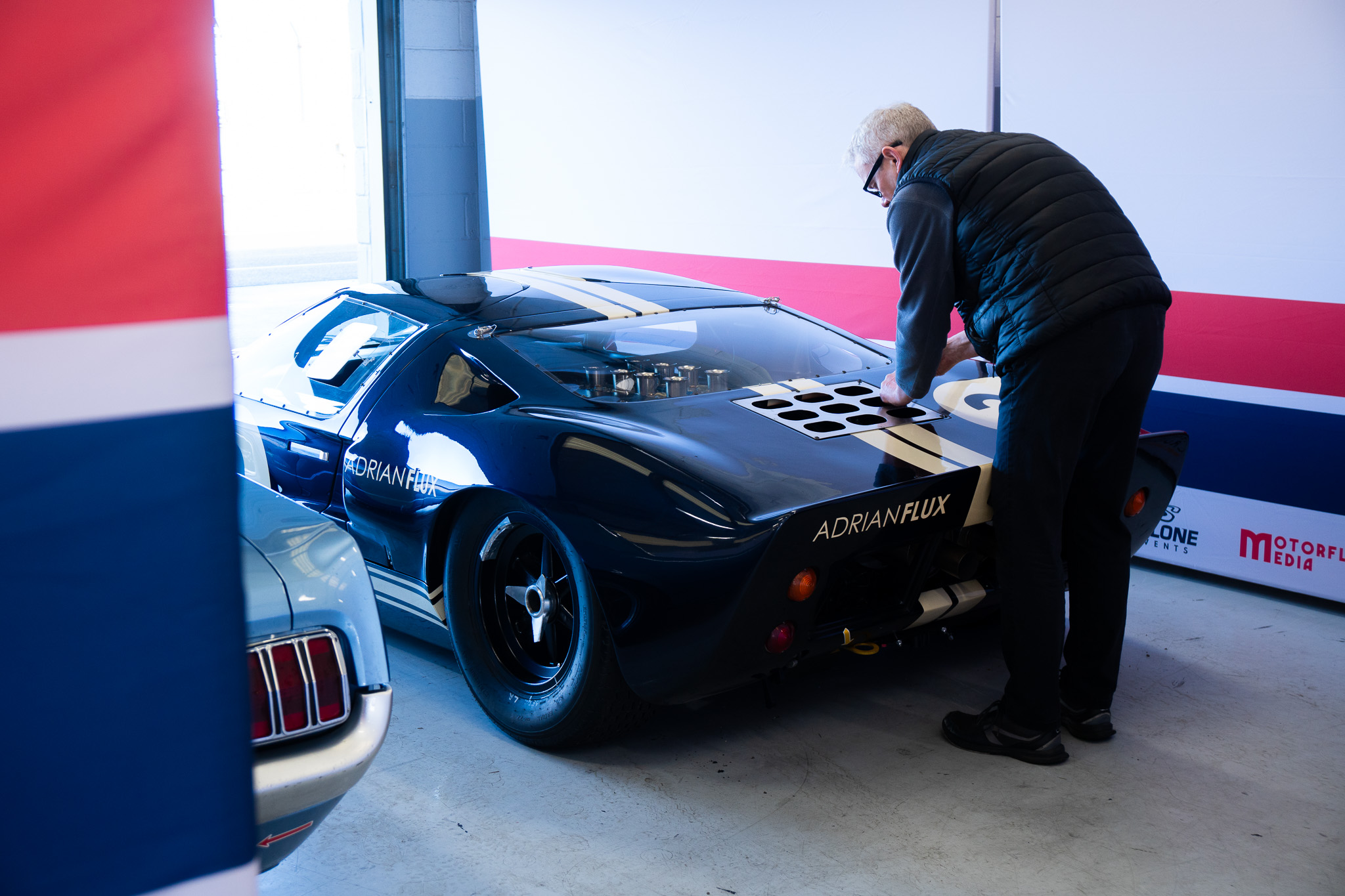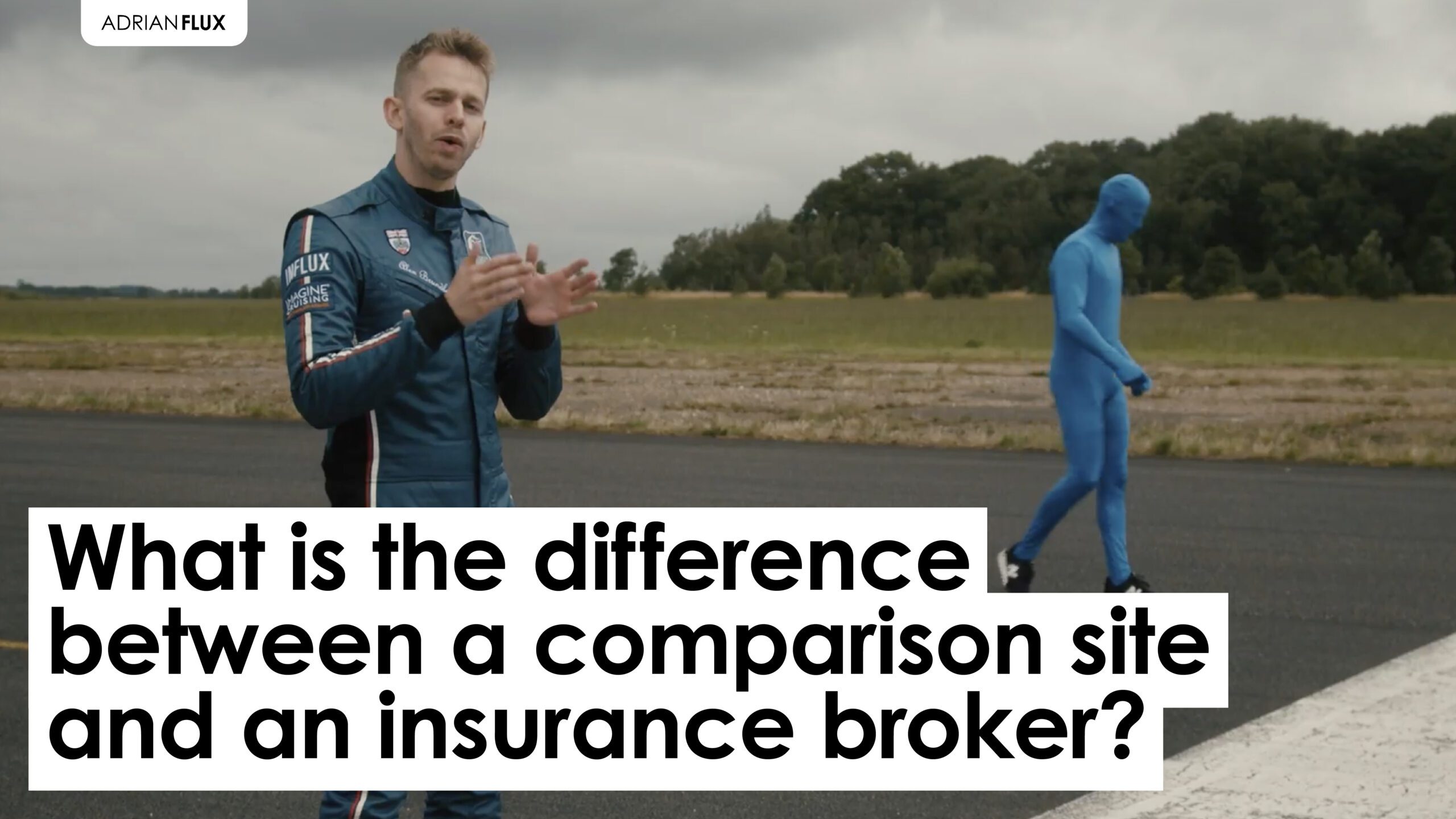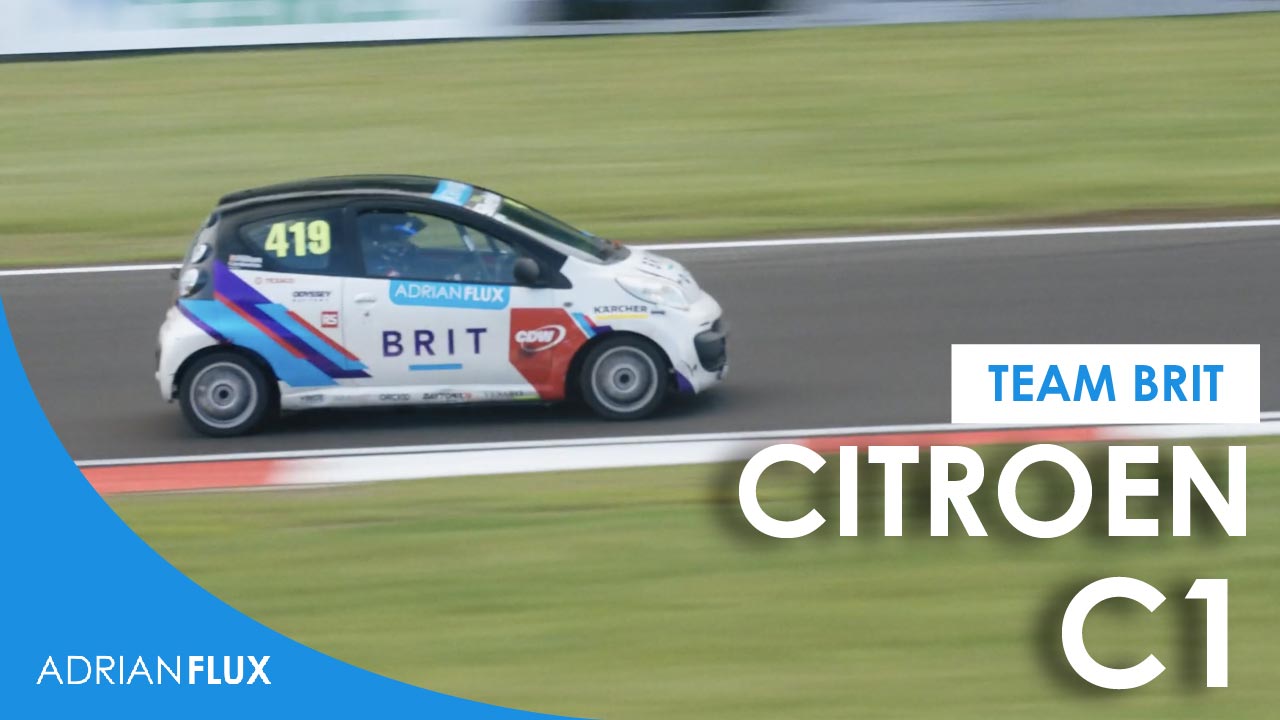I returned to the UK for a more convenient, if not quieter, weekend calling feeder series action from F1 TV’s excellent Biggin Hill facility in Kent.
Watching Formula 1 as an observer rather than as a visual comprehension test, as being a post-race presenter entails, is a far different experience. Despite another Max Verstappen whitewash, this time with added radio gloating to compound it, I found the race exciting from a technical perspective and daring behind the wheel.
As the investment idiom goes; ‘When the tide goes out, we find out who’s swimming with no shorts on.’ It seemed apt that when the rain finally abated for Sunday’s Grand Prix, the heroics of some in the sprint were put into revealing context.
Mercedes continue to improve, while Aston Martin and Williams’ issues persist
The winners and losers surprised me, and that’s why I liked it. Mercedes overcame what has appeared all year to be a drag deficit by maximising the high-performance powertrain’s affinity to cooler ambient conditions.
Aston Martin banked this benefit (with the Merc powertrain) but still languished, now acknowledging they have reversed in terms of performance with a dud set of upgrades to the green machine.
Williams and McLaren, top and tailing the field, formed the error bars regarding downforce set up for a weekend which must have perplexed engineers; the changeable conditions rendered any decision they made ‘inevitably incorrect’ at some stage.
For Williams, it was a missed opportunity due to the misfortune of the conditions, with a car that should have been lightning in sectors one and three on a rubbered and grippy circuit surface. Alex Albon still clocked supersonic top speeds appearing more than 12mph clear of the field up to Les Combes at stages, but there was too little purchase in the middle sector for the lap times and tyre life to manifest.
Lando Norris has a fight on his hands as the number one for McLaren

McLaren, at the opposing end of the downforce range, starred on a damp Saturday in the hands of new boy Oscar Piastri, who won the ‘real terms’ race (behind Verstappen), joining the sharp early stoppers before not crumbling under the pressure of leading, for the first time.
If Lando Norris didn’t know he had a challenger for the top spot at McLaren, he does now. The Australian’s unflappable demeanour is a Tetris block that fits precisely into the cockpit of a reactive, opinion-rich era of F1.
Multi-stops and aerodynamic profiles interplayed for some great overtaking, with a highlight being Esteban Ocon orbiting inches from Yuki Tsnonda around the outside of T6 (turn six) on a more robust weekend for the Japanese driver.
How can F1 continue to keep its drivers safe?
As I watched, I thought this great challenge of motorsport must be protected somehow, with tragedy diligently averted.
I’ve had the joy of hurtling around the famous venue almost every year of my racing career. It’s a circuit that punctuates national series and generates championship twists in international ones. Those who say they can drive go to Spa to prove it.
While the racer in us pines for speed and challenge, with recent events, the human being within cannot help but question if the risk of such adventure is justifiable in 2023. Injury and tragedy are unacceptable in the name of sport in modern times.
Motorsport is a sport of compromise, downforce/drag, weight/power, speed/longevity and the trade-off between speed and risk seems inescapable. ‘It has to go’, they say, ‘you simply can’t run that fast and that blind without generating unacceptable scenarios’.
The great actors in our sport have taught us differently. The moments when racing drivers work with variables that previously appeared in indirect proportionality and develop a more efficient solution are instructive and exciting.
When Lewis Hamilton jumps on a set of intermediates in Turkey and shows the world they can become slicks for the first time, Verstappen sets multiple fastest laps on a tyre and still makes it last the distance, Ayrton Senna runs less downforce and still makes it through the winding first sector in Suzuka faster than all his rivals; these moments show us what is possible from inside the seat of a racing car in overcoming immovable trade-offs.
We now require the same endeavour of our drivers regarding the balance of safety vs thrill and enjoyment; if the great venues of our sport are to survive. We’ve told them this; they know it, but telling their conscious brain will never work.
Racing drivers work off instinct

Racing drivers live on subconscious instinct. Behind the wheel, the part of your brain that historically ran from a chasing predator or fled an impending storm governs the body. It’s a mind state allowing outstanding feats to achieve seemingly unreachable goals.
If we don’t have to lift, we won’t; worse, the drivers will learn they don’t have to for next time. That’s not an allegation of conscious recklessness; it is entirely wrong to lay this solely at the driver’s door; it’s immovable biology; we are psychologically different people in the car.
Having raced at length, I believe every increasing ‘appearance’ of space only serves to subconsciously teach racers there is ‘always’ somewhere to escape to; it will be hard standing, won’t hurt, and won’t cause damage or loss.
Currently, circuit owners find themselves in a liability arms race. Twenty metres of runoff in Barcelona becomes 50 in Paul Ricard, 80 in Barcelona and so on.
The nail which sticks out gets hammered, and venues compete to progressively relax the circuit boundaries in competition not to be that nail and risk shutdown; ‘We don’t care where you crash as long as it’s not on our circuit and on our watch’.
All fine, and to be clear, I am entirely behind the progress in intelligent motorsport circuit improvement. But we must acknowledge that eventually, in moving scenery into the distance, we reach the final frontier where typography or tradition creates an impassable cul-de-sac on the road to development.
There will always be dangerous corners if racing is to remain thrilling and storied. Worlds then collide as space expectations from the drivers meet a very different reality, and here we find the acute danger. Having ‘nowhere to go’ is much more dangerous when you subconsciously teach everyone involved that there’s ‘always somewhere to go’.
In a plight to mitigate risk, the safer circuits of the world generally appear, the more dangerous some become. The more the apparent danger of the race circuits aligns with the actual threat of driving them, the safer they will become because the subconscious approach of the human behind the wheel changes.
While they’re fantastic young athletes, we still deal with very young people who make decisions in fast cars. There is nothing but the race circuit to look after them when they are out there, so the course must fulfil the parental role.
Who will dare to suggest the equivalent of tough parenting first and tighten the boundaries of the world’s race circuits intelligently to instil safety into drivers’ natural mindset?
I would rather see hundreds or thousands of gravelly carbon fibre repairs than a single accident leading to another young driver being badly injured. Teaching youthful athletes subconsciously there is damage, loss of result, and temporary harmless pain involved in not lifting the throttle in moments of danger to prevent the harmful long-lasting pain to come is an excellent deal. That’s what parents do.
Thus the ‘Spa Paradox’; The circuits that generate this unavoidable risk are both the short-term problem and the solution viewed in the fullness of development and time.
Perhaps Eau Rouge must go, and we’ll kick the ball down the road until the following pinch point surfaces. Or maybe we can reduce liability dodging and work with human nature to find a third way to make our sport the safe place it should be.
Where can I get insurance for a track day?
At Adrian Flux we’re keen supporters of motorsport, so of course we can help you get track day insurance at a circuit near you.
If you’re lucky enough to get the chance to race at a circuit any time soon, we have track day cover to suit while you’re behind the wheel.
We also offer a huge range of insurance options for motorists for a surprisingly low price and can offer drivers the peace-of-mind to keep them safe on the road. Call 0800 369 8590 or book a callback for our best motor insurance deals.




